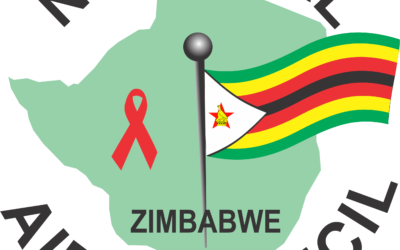
SEVEN hundred and sixty-six exhibitors participated at this year’s edition of the Zimbabwe International Trade Fair (ZITF).
Of this number, 471 were direct exhibitors, while 295 were indirect.
The statistics demonstrate the importance that domestic firms attach to the exhibition.
But international exhibitors are increasing too, helping Zimbabwe unlock immense investment and trade opportunities.
The ZITF attracted fresh interest this year, with 208 new exhibitors, 98% of them foreign.
For a country that has struggled to attract foreign direct investment for decades, the ZITF is turning into a platform for economic recovery. Last year’s statistics confirm this — it attracted US$500 million in investment pledges.
But it appears officials failed to see this growing demand to prepare accordingly.
Potential exhibitors were turned away as space ran out in the just-ended edition.
- Outrage over school uniform prices
- Schools reopen amid deepening teacher crisis
- Village Rhapsody: Sanctions are not the reason Zim is in a mess
- Outrage over school uniform prices
Keep Reading
This gives insights into the reasons behind the ZITF Company’s announcement that a massive expansion will soon be underway.
In an interview with the Zimbabwe Independent, Bulawayo mayor David Coltart made an important observation.
Exhibitions were dominated by government and parastatal exhibitors.
Private sector investments have suffered during the past 24 years due to the economic crisis.
“The fundamental point for me is that the trade fair used to be dominated by private companies,” Coltart said.
“There were hardly any government departments and parastatals. It is now dominated by parastatals and government departments, something shown in the allocation of prizes (at the ZITF awards).
“The goal (should be) government stands are limited and this becomes a business trade fair where we have companies like Apple, Huawei, international companies like that exhibiting with their own stands.
“And of course, critically, Zimbabwean companies, particularly manufacturing companies, exhibiting,” he added.
It is important that parastatals competing on the international and domestic space participate.
But many say for non-corporate government agencies participation should be restricted.
These can then be allowed to exhibit in relevant fairs.
According to ZITF, the space uptake was also up this year with 47 822 square metres (sqm) occupied compared to 46 253sqm in 2023, a 3,4% increase.
In fact, due to an overwhelming demand for space, supplementary exhibition space had to be made available in areas previously designated for other uses.
ZITF Company chief executive officer Nick Ndebele confirmed that due to the increased numbers they had to turn away some exhibitors.
“We turned away quite a number of exhibitors,” he said.
“Maybe there are over 80 exhibitors that we turned away because of limited space.
“We ran out of space. What we are witnessing is a situation where we have more exhibitors and the exhibitors are also taking a lot of space, exhibition space.
“Unlike before when someone would maybe just purchase a three by three or a 10 square feet exhibition space, people are going for bigger stands so you find that we ran out of space.
“Of course, we did try to mitigate that by creating a huge marquee tent to try and provide external space,” Ndebele added.
To address the space constraints, ZITF Company said it had come up with a master plan.
“In terms of space, it is an area that requires our attention,” the ZITF boss said.
“We want to drive that transformation of reimagining our infrastructure in terms of having a convention centre that will accommodate more exhibitors and, of course, maybe repurposing our current facilities.”
This is ZITF’s vision.
Part of the plan involves renaming the Zimbabwe International Exhibition Centre to the Zimbabwe International Conference and Exhibition Smart City (ZICES).
The idea is to transform the precinct into a dynamic mixed-use development on the prime 17-acres of real estate located close to Bulawayo’s central business district.
It is a long-term plan that will develop the fairgrounds by introducing modern world-class amenities to Bulawayo.
ZICES will accommodate 5 000 delegates. A new 500 room hotel linked to the convention centre and a five-star boutique hotel with facilities to host travelling heads of states and VIPs are also on the plans.
In addition, ZITF will construct a theme park to appreciate the history and culture of Bulawayo, as well as office and eco-friendly parks.
Approximately US$300 million will be required for the ZICES project.
“ZITF Company is in the process of engaging stakeholders to begin implementation of various key anchor developments,” ZITF Company said.
“These projects may be structured through a Public Private Partnerships (PPP) model and will be supported by government through key investment incentives to drive the overall vision of NDS1, which aims to achieve an upper middle-income economy by 2030.”
Economist Prosper Chitambara said there was a lot of work to do in terms of enhancing competitiveness as an economy.
By putting in the work, Chitambara said, events like ZITF can help the economy.
“There are areas that we need to be working on so at least we are able to actualise the increase in exhibitors to enhance investment opportunities,” he said.






